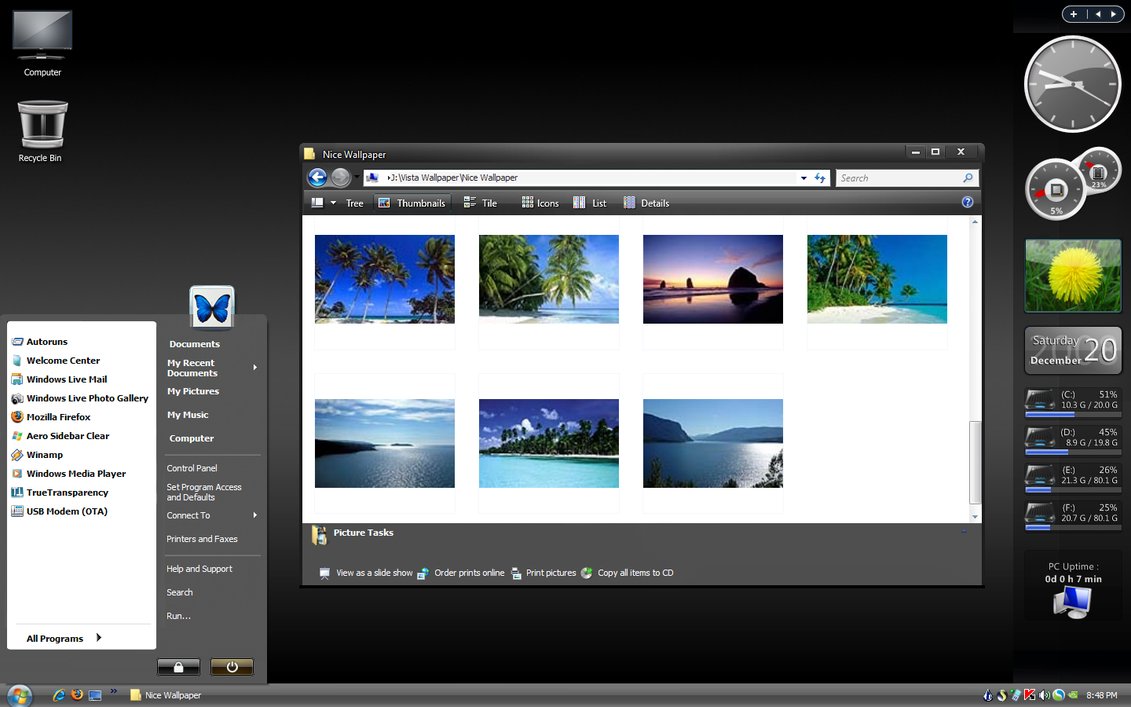
(Generally speaking, a 3x followed by 1x bevel distance will produce an acceptable result.) But if you want a little more control over your modelled output, Fredo6’s Round Edge (by Bezier) is the the plug-in for you. Successively applying SketchyBevel will produce more rounded corners. Simply select the whole object, right-click and select Bevel. Chris Phillips’ SketchyBevel applies bevelling to every edge on an object.

Thankfully, there are two plug-ins currently available that make bevelling a breeze. It is possible to create bevelled edges in SketchUp using the Follow Me tool and a bit of forethought, but it doesn’t always work – for example, where more than three edges converge on a point.
#Mac sketch smooth curve skin
Soap Skin & Bubble also animates the fitting process: another nice touch. You can set the number of segments in a surface, the tension in a surface and its inflation (incident pressure). Simply create a closed curve from arcs and lines, and Soap Skin & Bubble will fit a surface to them. Developed by Josef Leibinger, Soap Skin & Bubble is a plug-in that puts tools used for creating tensile structures in your toolbox. There are ways of generating certain curved surfaces from scratch, but typically the only option you’re left with is importing another program’s output – which brings its own set of problems. Its Sandbox tools notwithstanding, SketchUp doesn’t do organic curved shapes particularly well.

The third is Normal Push Pull, which is similar to Joint Push Pull, but creates separate faces, extruded along face normals. The second is Vector Push Pull, which will skew the offset faces along a vector defined by dragging the mouse. The first is Joint Push Pull, which extrudes along normals, giving a smooth, contiguous, offset face. It actually offers three different methods for pushing or pulling a surface. This is where the Joint Push Pull plug-in from SketchUp user Fredo6 comes into its own.

It is possible to achieve the same result by building the surface using Offset and Line, but it’s a time-consuming process that’s prone to error. In this case, SketchUp’s own tool will resolutely refuse to work. Sooner or later, though, you’ll come across a situation where you want to perform a Push/Pull operation on a curved surface. SketchUp is founded on its Push/Pull tool, which enables you to easily extrude planes into volumes.
#Mac sketch smooth curve mac os x
Since Ruby is a scripting language, they will run equally capably on the Mac OS X or Windows versions of SketchUp (and on both SketchUp and SketchUp Pro). Some of these plug-ins automate tasks that would take a fair bit of planning and desk time, while others add capabilities that would simply not be achievable using the base toolbox. Some of the results shown here are achievable with the standard toolset, but these plug-ins will save you time – something that working artists never have enough of.

While it’s still perfectly possible to build complex structures using the standard SketchUp toolset, sometimes it’s nice to have helpers to take a little of the load off you. We’ve sifted through the add-ons currently available to bring you our list of the 10 most vital plug-ins.


 0 kommentar(er)
0 kommentar(er)
